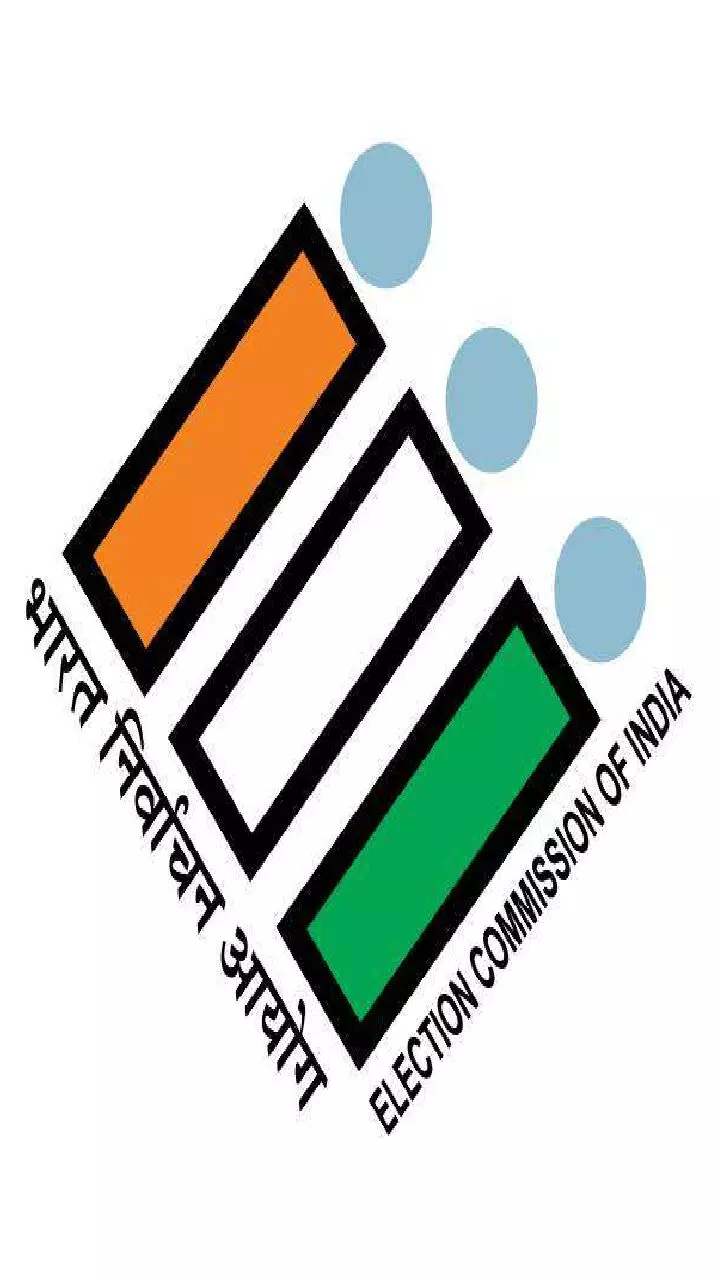'Hawa': How perceptions play key role in voting patterns in India
One in three people refuse to vote as there is disillusionment, cynicism, apathy, migrant population, and irrelevance of voting
By Newsmeter Network
Perception is the silent campaigner, whispering in the ears of undecided voters - Anonymous
Polls have been announced and the world's largest democracy has entered into 75 days of election fervor. However, one in three people refuse to go out to vote. The sluggish rural Bharat witnesses larger participation than rapidly growing urban India. The reasons vary from stronger community bonds, direct impact of policies, mobilization by political parties, and a sense of simple democratic right as well as civic duty. On the other hand, in cities, there is disillusionment with politics, cynicism, apathy, migrant population, and perceived irrelevance of voting.
In the realm of politics, perception often trumps reality. According to the 2019 CTDS data, almost a whopping 45 percent of voters in India finalize who they are going to vote for at the eleventh hour. Data dive shows that a day before voting, as high as 14 percent of voters go to sleep without having taken a decision. The vote share, even in a wave, is generally less than 10 percent. No election is a done-and-dusted issue as these voters can swing the elections overnight. In the local dialect, they call it `hawa’, which is nothing but perception becoming stronger and firm. Factors such as the perceived importance of the election, the media, social media, some bizarre events, narratives, lies, truth, expose, conspiracy theories, emotions, effective campaigns, the competitiveness of the race, and even external events can influence when undecided voters ultimately make their decisions. There is one other narrative that is filled with pessimism with clouds of doubt over the fairness of elections and the functioning of Electronic Voting Machines (EVMs). It is generally the opposition that cries foul without introspecting on their campaign, planning, clarity of messaging, narrative setting, booth level work, voter mobilization, etc.
The Ballot Box Vs EVMs
The older generation in India would remember the problems with the ballot box. Booth capture, ink pouring in ballot boxes, and counting errors, to name a few. The logistical complexities arise from printing, distributing, and storing ballots, often causing delays in result announcements. This February, the Supreme Court had to undo an election result for Chandigarh Mayor elections noting deliberate attempts by the presiding officer, Anil Masih, to deface ballot papers. Luckily, the Close-circuit camera came as undeniable evidence, and election results had to be reversed. The elections in Pakistan also held in February this year, were conducted with ballot papers that were marred with controversies and allegations of rigging by the establishment.
EVMs facilitate faster and more efficient voting and counting processes, reducing the time needed to announce election results. The first use of EVMs occurred in the general election in Kerala in May 1982; however, the absence of a specific law prescribing its use led to the Supreme Court striking down that election. Subsequently, in 1989, the Parliament amended the Representation of the People Act, 1951, to create a provision for the use of EVMs in the elections. However, EVMs lack transparency and are opaque to voters, and are susceptible to technical malfunctions, hacking, or manipulation.
Irrelevance and dangers of EVM debate
Generally, conspiracy theories regarding EVMs surface when the incumbent government wins an election. On the eve of the elections, there has been a recent push led by some lawyers that EVM would not change anything about the mode of voting. The confusion created might impact the perception of voters and may make some complacent and many cynical about the necessity to vote itself. This can further hamper people from participating in voting, which is one of the only ways a citizen in a democracy can express his opinion for change, acknowledge the good work of the government, or show resentment.
It is too late to get into any debate relating to EVM, and the citizens of the country should be encouraged to participate in elections. The activists should work on increasing the voting percentage and creating confidence in the democratic process of the great country called India. Everyone must be encouraged to vote and express their opinion and given the confidence to freely choose the people or party, they want to vote. The larger participation of voters will give better outcomes that is one way every citizen can take part in building this great nation of 1.4 billion people.
Mohammed Imran is a tribal rights activist and the opinion expressed are those of the author.